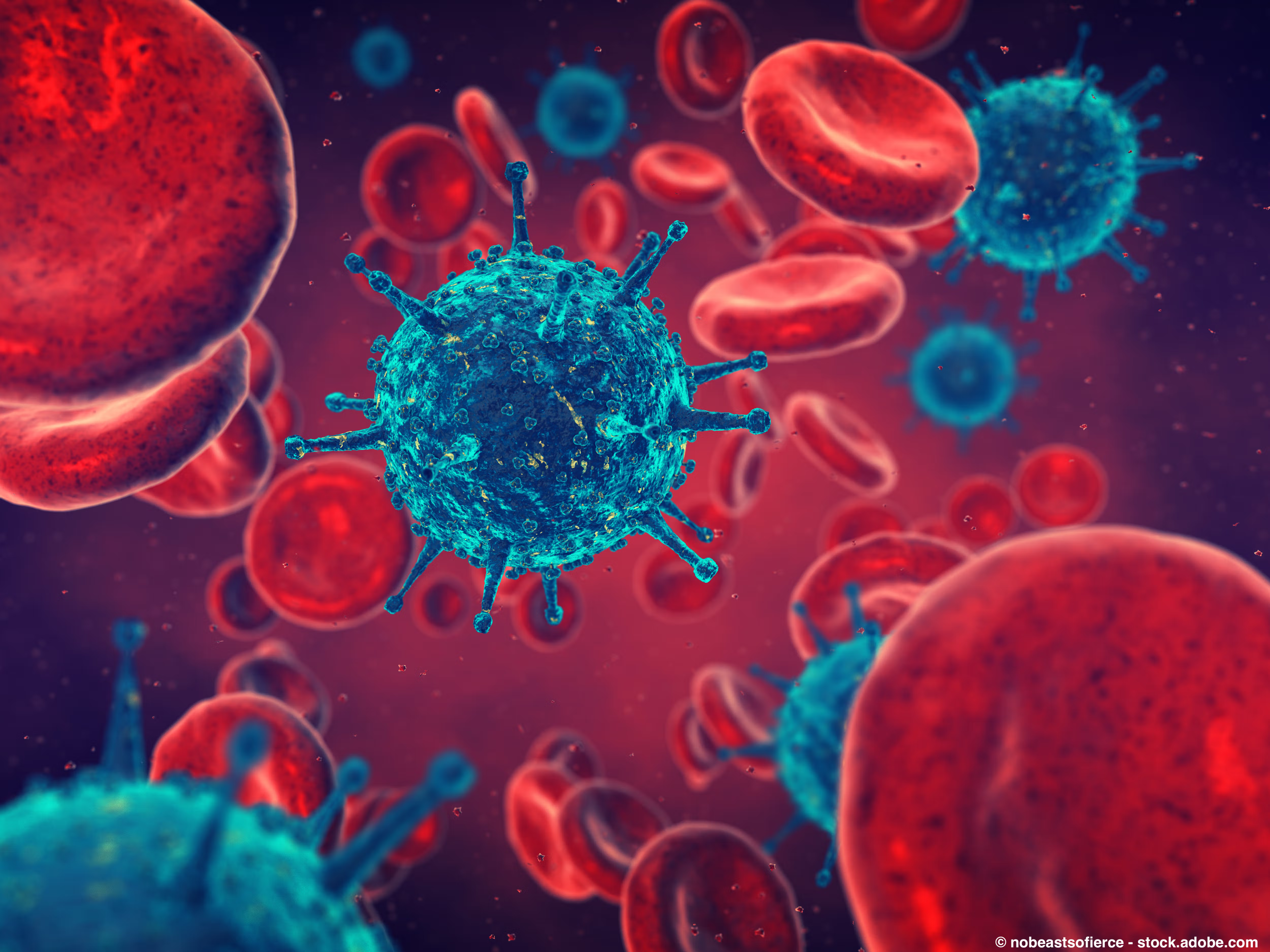Article
FDA Approves First Non-Chemotherapy Combo for Treatment-naive CLL
Author(s):
The Food and Drug Administration approved Imbruvica plus Gazyva for treatment-naïve patients with chronic lymphocytic leukemia/small lymphocytic lymphoma (CLL/SLL).
The Food and Drug Administration (FDA) approved Imbruvica (ibrutinib) in combination with Gazyva (obinutuzumab) for treatment-naïve patients with chronic lymphocytic leukemia/small lymphocytic lymphoma (CLL/SLL).
Of note, this is the first approval for a non-chemotherapy combination regimen for this patient population. "This label update builds upon the established efficacy and safety of Imbruvica in the frontline treatment of patients with CLL/SLL, as a monotherapy or in combination with other treatments," Craig Tendler, M.D., vice president of clinical development and global medical affairs at Janssen Research & Development, LLC, said in a press release. "This milestone represents our continued commitment to develop IMBRUVICA-based, non-chemotherapy regimens to address the clinical needs of patients living with CLL/SLL."
The agency based its approval on data from the international, open-label, randomized
phase 3 iLLUMINATE study — designed to evaluate the efficacy of combining Imbruvica and Gazyva in the first-line treatment of 229 patients with CLL/SLL. The data were recently presented in an oral session at the 2018 American Society of Hematology (ASH) Annual Meeting and simultaneously published in The Lancet Oncology.
At a median follow-up of 31.3 months, the median progression-free survival — or time to disease progression or worsening – was not reached in the Imbruvica/Gazyva arm, compared with 19 months with standard chemoimmunotherapy. Moreover, the estimated progression-free survival at 30 months was 79 percent and 31 percent, respectively. The frontline regimen was associated with a 77 percent reduction in the risk of progression or death compared with chemoimmunotherapy.
In addition, there was an 85 percent reduction in the risk of progression or death in patients with high-risk disease who were treated with the BTK inhibitor regimen.
The progression-free survival benefit with Imbruvica plus Gazyva was consistent across subgroups compared with chemoimmunotherapy — including those with bulky disease (median, not reached vs. 14.7 months), unmutated IGHV (not reached vs. 14.6 months), 11q deletion (not reached vs. 15.2 months) and 17p deletion (not reached vs. 11.3 months).
The most frequent side effects in the Imbruvica/Gazyva arm, compared with chemoimmunotherapy, included neutropenia (43 percent vs. 63 percent), thrombocytopenia (35 percent vs. 25 percent), diarrhea (34 percent vs. 10 percent), cough (27 percent vs. 12 percent), infusion-related reactions (25 percent vs. 58 percent), arthralgia (22 percent vs. 10 percent), pyrexia (19 percent vs. 26 percent), anemia (17 percent vs. 25 percent) and nausea (12 percent vs. 30 percent).
The agency also updated Imbruvica’s label to include additional long-term efficacy data supporting its use as a monotherapy in CLL/SLL, with approximately five years of follow-up from the Phase 3 RESONATE and RESONATE-2 international studies.
“In just a few years, Imbruvica has become an important treatment for chronic lymphocytic leukemia. Imbruvica as a single agent — and now as a combination with obinutuzumab – provides patients with CLL with an alternative to frontline treatment with chemoimmunotherapy," lead study investigator Carol Moreno, M.D., Ph.D., consultant hematologist at the Hospital de la Santa Creu Sant Pau, Autonomous University of Barcelona, Barcelona, Spain, said in a press release.




